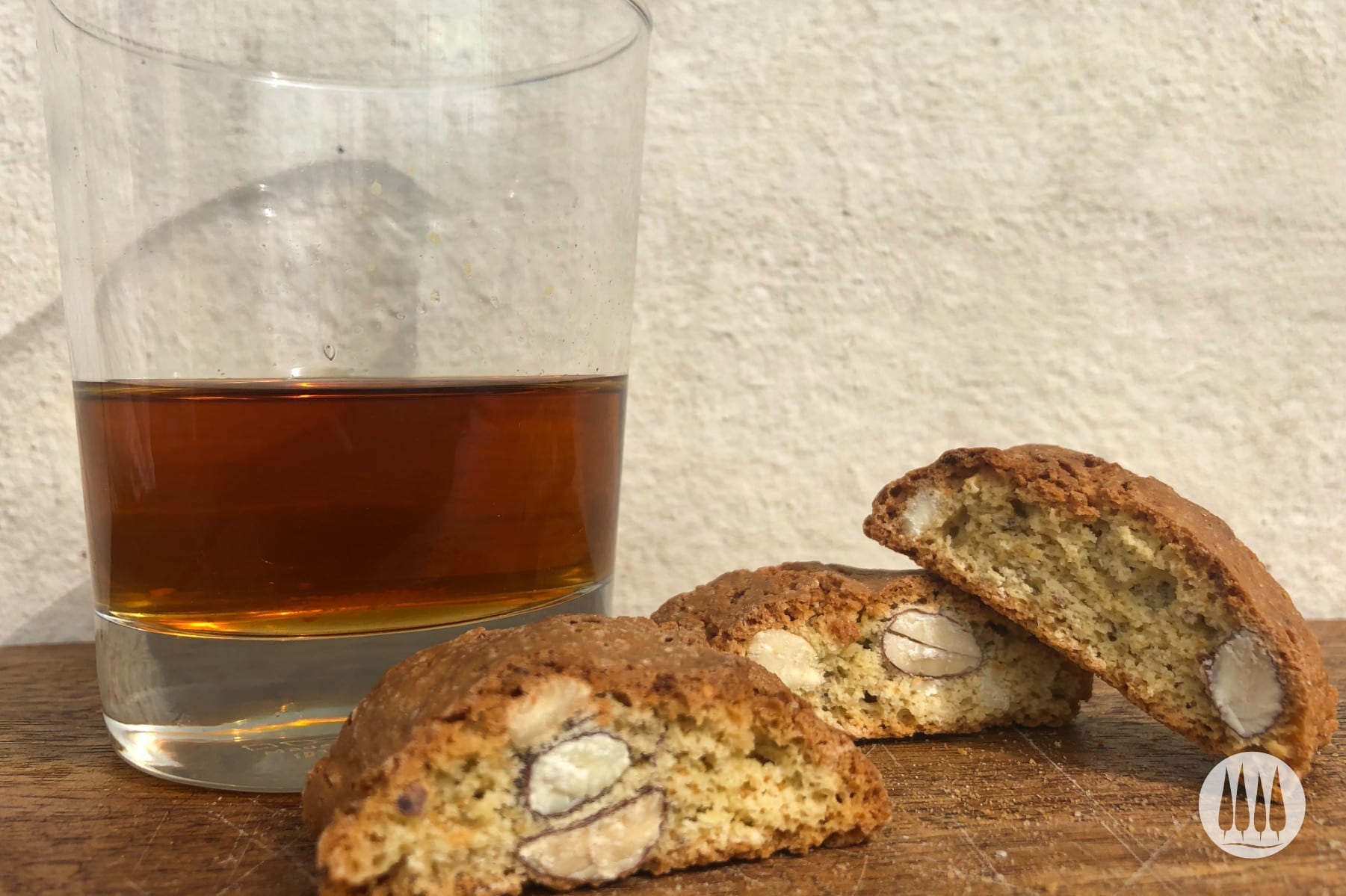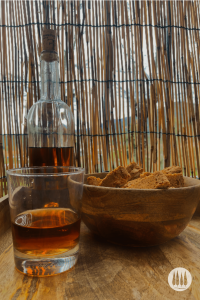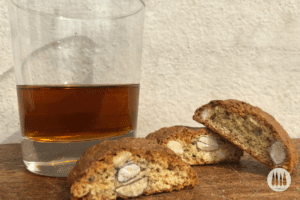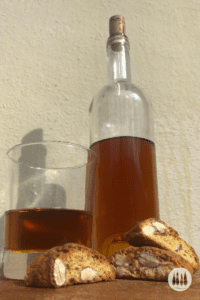San Vivaldo or the Jerusalem of Tuscany
- 7 December 2022
- Activ holidays, Italian life, towns, visit Tuscany
The holy mountain of San Vivaldo is also called the Jerusalem of Tuscany. Coming from Montaione towards Iano you come to San... Read More

 Good cooking is one of the reasons Italians are famous and envied for all around the world; Let us say with a tiny bit of pride that here in Tuscany we are no exception! In Tuscany you can find the traditional trattoriawhere you can taste the famous Bistecca alla Fiorentina – Florentine steak- (Take notice: A steak less than three fingers high is carpaccio) or the typical wine bars where you can enjoy an Italian aperitivo with a glass of precious wine and a platter of local products.
Good cooking is one of the reasons Italians are famous and envied for all around the world; Let us say with a tiny bit of pride that here in Tuscany we are no exception! In Tuscany you can find the traditional trattoriawhere you can taste the famous Bistecca alla Fiorentina – Florentine steak- (Take notice: A steak less than three fingers high is carpaccio) or the typical wine bars where you can enjoy an Italian aperitivo with a glass of precious wine and a platter of local products.
A glass of wine accompanied with typical almond cookies is the cherry on top of a typical Tuscan meal worthy of its name. I know what you’re thinking: we are kind of weird because we dunk biscuits not into milk, but wine and yes…that says it all about us!
Cantucci (almond cookies) and Vin Santo (dessert wine) are a traditional Tuscan combo and both of them have a very ancient tradition.
To this day, we do not have an accurate historical report that retraces the precise origin of the famous Vin Santo. However, we know for sure that most sources we have about it are found in the area of Tuscany. Indeed, since the Roman or Etruscan era it was highly common to produce wine made of dried grapes.
Moreover, we can say that this wine has always been very aristocratic in a certain way, because usually it was reserved for important occasions or sacred ceremonies.
Vin Santo literally means “holy wine” and we can mention various hypothesis  to explain how this special wine gained its “holiness”.
to explain how this special wine gained its “holiness”.
First of all, in Siena people said that in 1348 a Franciscan monk cured the sick of plague with a wine used during the celebration
of Mass. Immediately, people thought that this wine had miraculous properties and therefore, since then, it was considered holy.
Moreover, it is interesting to mention another story: during the Council of Florence in 1439, the Greek cardinal Giovanni Bessarione, while tasting a wine, declared: “This is the wine from Xantos”. Obviously, the cardinal was referring to a Greek dessert wine produced in Santorini, but the tablemates misunderstood the word and they thought he had said “Santo” that means “holy”. They believed the cardinal to have discovered a holy wine and since then the vino pretto was named Vin Santo.
According to another version of the same story Bessarione said “Xanthos”, a word that means “yellow”. The most plausible hypothesis about the origin of the name concerns its usage during the holy Mass, in particular it refers to the moment in which the priest “drinks the blood of Christ”; on the other hand, the most common theory deals with its production: in ancient times grapes were left drying out until the holy week and they were later squeezed.
 The history of cantucci can be traced back to the XVI century. According to the long tradition of sources, poor people used to eat the remaining part of a particular type of sweet bread that bakers prepared for wealthy families. That part was called cantuccio which means “corner”, because it was actually the corner of the loaf.
The history of cantucci can be traced back to the XVI century. According to the long tradition of sources, poor people used to eat the remaining part of a particular type of sweet bread that bakers prepared for wealthy families. That part was called cantuccio which means “corner”, because it was actually the corner of the loaf.
In 1691 the word cantuccini appeared in the Accademia della Crusca dictionary and these special biscuits were described as: “sliced cookie, made of superfine flour, with sugar and egg white”. As you can see, almonds were not mentioned, and it was Caterina de’ Medici who added them to the recipe.
sugar and egg white”. As you can see, almonds were not mentioned, and it was Caterina de’ Medici who added them to the recipe.
At first, the most famous cantuccini were the ones produced in Pisa, even though the first documented recipe can be traced back
to the XVIII century and it was found in Prato. It was in the XIX century that a renown baker of Prato, Antonio Mattei, perfected the recipe and created its most famous and traditional version.
Cantuccini might not be the most famous cookies in the world, but they are a special gem of our traditional Tuscan cuisine. If you come to visit Tuscany and you want to live a full-tuscan-experience, you cannot forget to taste this winning combo: cantuccini and Vin Santo.
Join The Discussion